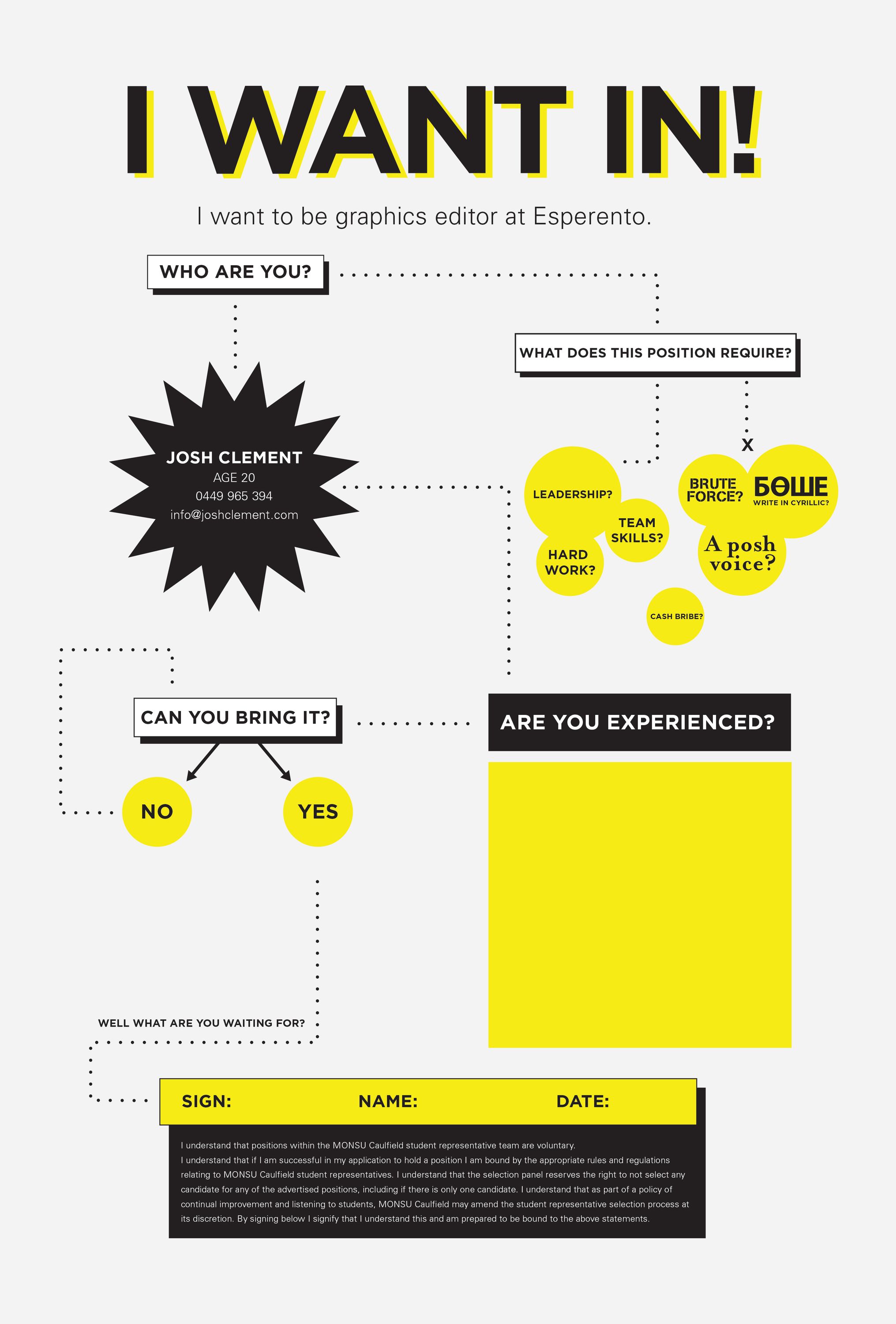Stop and Smell the Roses
I’ve never noticed it before, but there’s a line of bushes near the entrance to my gym. They’re bursting with butter colored roses.
They look beautiful. The other morning I noticed a man in his 60’s bending over to have a sniff. He either didn’t see me, or didn’t care.
I wondered, how many people who walk past these rose bushes, smell the roses?
There’s pretty much only one way to walk through the front doors, so nearly everyone will walk by them.
Would be an interesting social experiment.
- How many people smell the roses? 1 in 10? 1 in 100?
- What do we know about the people who smell the roses?
- Are they more likely to be older than average. Does gender make a difference?
- When you smell the roses are you more likely to smell them more than once?
- If you repeat, do you smell the roses in the same spot?
- Does time of day make a difference?
- Are you more likely to smell the roses before or after you go to the gym?
- And are people going to the gym more likely to smell the roses than if this was an office building?
And yes, if you’re wondering, I did have a sniff!
Rip. Mix. Burn.
Here’s a quick look at how Steve Jobs introduces a new product.
It’s 2001, and Steve is going to give the first public demo of iTunes.
Long before iTunes became a ‘toxic hellstew’, it was as a product that solved a simple problem, making your music digital.
I’ve broken down the 10 min presentation into four parts. At a high level, Steve has two goals.
- Explain “why” they decided to build iTunes.
- Explain “what” iTunes is. This is covered by the demo in the second half.
Background
“There’s a music revolution happening right now.”
Before streaming (and iPods) existed, people were listening to musics on cds. But they wanted to move music around and “burn custom playlists.”
This was a ‘digital revolution’. He uses a single statistic to drive this point home: “In 2000, 320m blank discs were sold.”
He then breaks down this new behavior into understandable use-cases
“You want to rip your audio cds onto your computer disk.”
“You can create playlists of your favorite songs.”
“You can listen to playlists on your computer, like when you’re working.”
“You can burn your playlists onto custom cds.”
Also:
“You can transfer your songs onto portable MP3 players.”
“Tune into digital radio.”
Competitors / Pain points
Later in this presentation he admits Apple is late to the party. Digital music apps existed. He quickly moves through a few screenshots of very complicated looking UI’s.
“I’ve talked to so many people using them, who don’t know about 3/4 of the features!”
He thinks the main problem is they are too complicated. This will become the point of difference for iTunes (it’s simple.)
He also mentions restrictions (paid-for features, no mp3 encoding, throttling burning speed).
Introducing iTunes.
So, before he introduces iTunes, he has explained what people want to do “rip music and create custom playlists” and he showed the main problem with competitors, they are too complicated.
First thing he does is show the UI. “It looks like this. Simple, clean, far more powerful.”
iTunes:
- Allows you to have libraries of music.
- Allows you to rip cds
- Allows you to create playlists
- Allows you to create cds
- All within one integrated app.
Remember these? These are the things that people want to do. In a few seconds he’s connected user needs to the features of iTunes.
Demo
Apple is famous for product demonstrations. What I found interesting is how fast he moves through the product. He hits all the core use-cases (ripping, playing, searching) and then he’s done. There’s a sprinkle of showmanship (playing music), but that’s it. And every example is grounded in a real-life problem, like trying to find a specific song.
Below, I’ve listed out the main things he does in the demo, and coded it with (UNDERSTAND) or (DO). Understand is explaining the system, Do is something a user might do with the software.
Part 1: Ripping “Love Shack”
- Puts in CD. (DO)
- It reads CD & pulls in track titles. (UNDERSTAND)
- You can move around the columns. (DO)
- Let’s go ahead and rip “love shack” (DO)
- All I have to do is click “import” (DO)
- It’s going to rip it, and put it in my library (UNDERSTAND)
- You can play it if you want.. Starts playing music as the song rips. (DO)
- As song rips… “It’s ripping at 8x regular speed” (UNDERSTAND)
- iTunes plays a tone when it’s done.
- We’ve finished ripping. (UNDERSTAND)
- Now we can play it from disk if we want. (DO)
- Very very simple. Steve keeps saying this throughout the demo. It’s clearly the main message he wants to get across.
Part 2: Drag and drop
- I’ve got a bunch of songs in a folder. All I have to do is drag and drop it on top of iTunes.” (DO)
- I’ve got about 1000 songs in here. (UNDERSTAND)
- I can sort by song, artist… just be clicking. (DO)
- I can play any song just by clicking it. (DO)
- I get a nice little display up here. (UNDERSTAND)
- Pretty simple.
Part 3: Browse
- There’s a few other ways to do it. I can browse by album. (UNDERSTAND+DO_
- I can look at the Beatles, and I can see all their albums here.
- He drills down from Beatles, to Album to song.
Part 4: Search
- The (music) quality is incredible.
- There’s an even easier way to find things out of my 1100 songs.
- We’ve automatically indexed and made it magic. (UNDERSTAND)
- I’ve got a Dylan Thomas song here… I type D, Y, L.. (DO)
- I can type in anything, artist name, album name. (DO)
- I wanna find “When I’m sixty four” So I just type in s-i-x and Boom. There I am. (DO)
Not sure if that was the exact end of the demo, but you get the picture. I’ve put together far more complicated decks for far less exciting features than this. Lots to learn here!
As a side note, here’s an ad promoting iTunes.
Classic Apple advertising, distilled iTunes into a core message. “Your music.”
New! A Headline that sells!
There’s a very old book on advertising by John Caples called Tested Advertising Methods.
Although it was written 25 years before the ‘creativity revolution’ that Bill Bernbach ushered in (think Mad Men), a lot of advice that Caples shares still rings true today.
Human nature hasn’t changed that much. We’re still busy, ignore most advertising , and still want to learn how to do stuff, be better at our jobs, have better relationships etc.
To John, most advertising was worthless because it was either trying to be clever or was simply meaningless. It didn’t carry a message and definitely didn’t encourage you to keep reading, or persuade you to buy something!
So what works?
Caples decided that there are “four important qualities which a good headline may possess.”
- Self-Interest
- News
- Curiosity
- Quick, easy way
Appealing to self-interest was by far the most powerful.
On my way to work, I decided to review modern advertising against John’s standards. What would he think today?
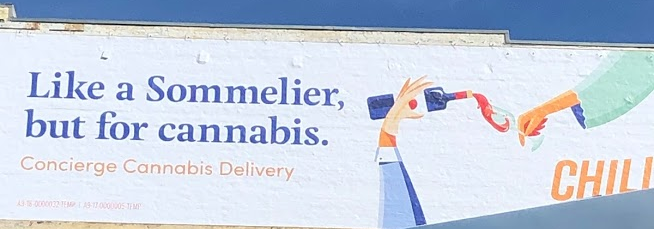
Chill
Like most advertising tech & DTC products and services, there’s quite a bit of explaining that needs to be done. Overall a bit weak and lazily written. It’s slightly newsworthy, and slightly curious.
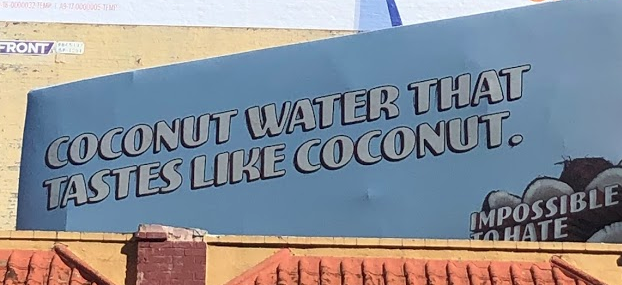
Vita Coco
This is basically saying, coconut water that tastes good. It could be re-written to inspire more curiosity or be more newsworthy, but I think this will be ignored.
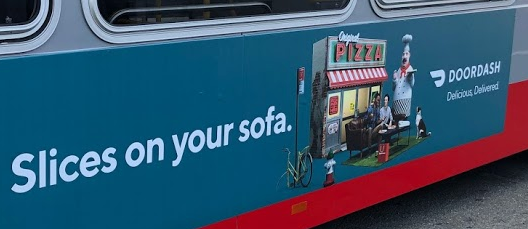
Doordash
Stating a fairly obvious fact (pizza delivery) in a clever way by using alliteration. John is not impressed.

Fuzzy
John perks up. Mix of self-interest (“best vets”, “your home”) and news. The writer could have easily added “New!” Or “Announcing Fuzzy…”. Listing the problems is also good, but would have been better if they said “Fleas, ticks, allergies – Gone.”

Gemini
I think John would have found this a bit too ‘arty’. It’s a bit of news (a new crypto exchange) and self-interest “without chaos”. It assumes the audience understands the mess and complexity associated with crypto trading, and promises to simplify. But I would add that using the word chaos is too negative and would freak out too many new prospects.
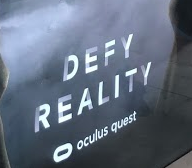
Oculus Quest
Self interest. Again, the words look like it’s been crafted by an art director “to look good”. It’s an extremely news worthy product so I think John would have been more direct with it.
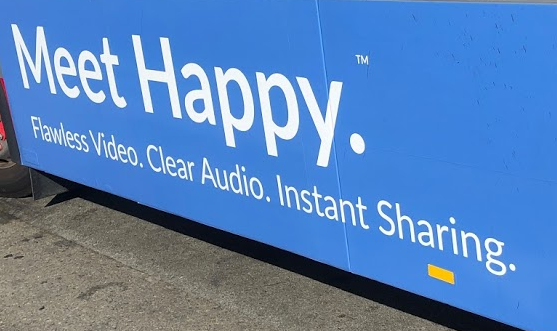
Zoom
Headline is meaningless. But the sub headline speaks to the readers interest (someone who does a lot of video conferencing), and in general it sounds quick (“Instant”) and easy.

And just for reference, here’s a purely ‘curiosity’ headline, that in 2019 we call ‘clickbait.’ It doesn’t appeal to my self-interest, isn’t newsworthy & isn’t quick/easy. But sometimes our urge to find out a secret is just too strong! (34m views).
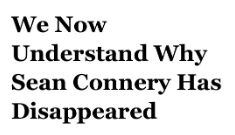
See! Want to read more?
“Until designers accept real accountability, they will not have authority.” - Peter Merholz
Or as my old boss used to say. “Do you want to be on the hook for this one?”
